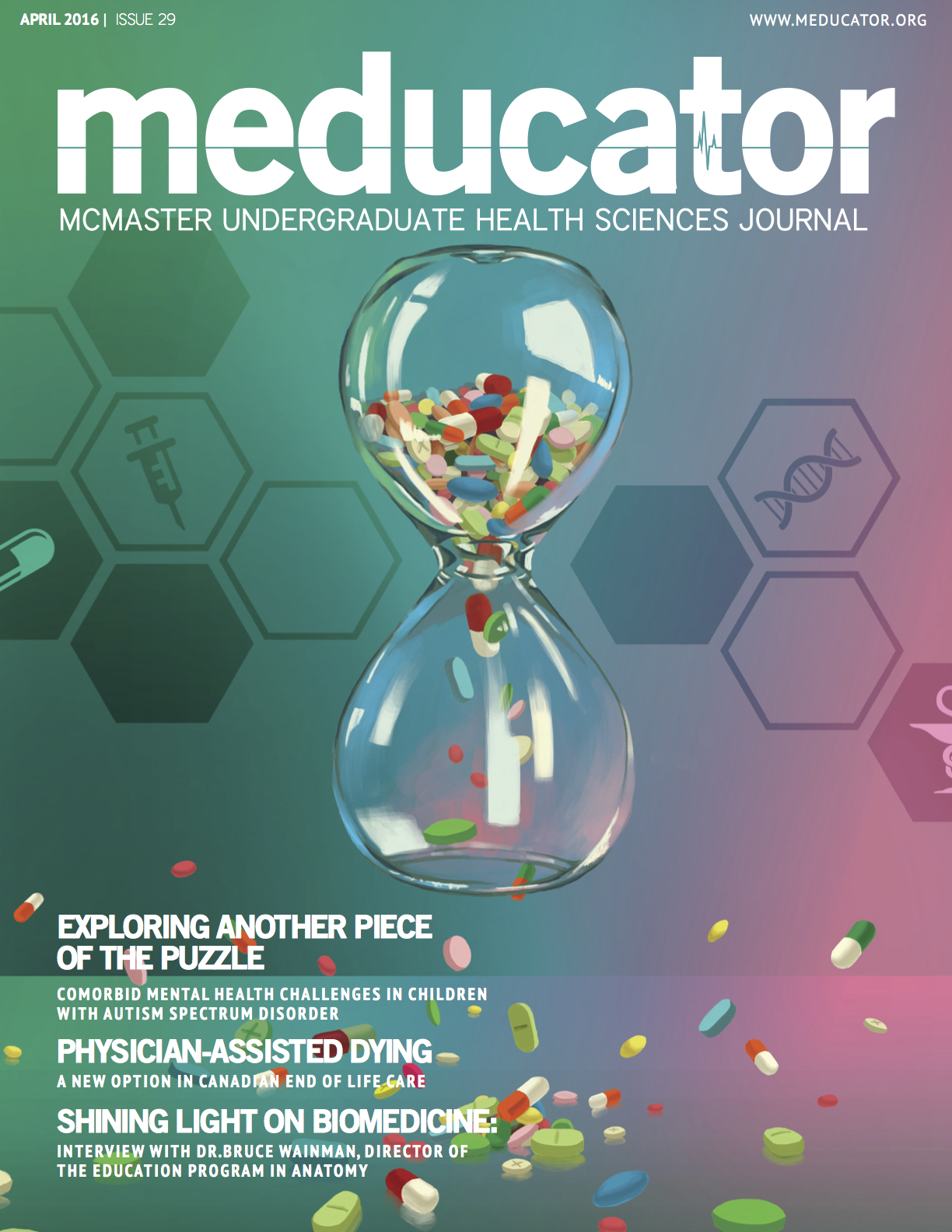Cancer Immunology
DOI:
https://doi.org/10.15173/m.v1i29.1175Abstract
Cancer refers to a complex set of diseases that stem from abnormal cells capable of sustaining proliferative signaling, evading growth suppressors, and resisting death. These cells may form benign tumours and may be spurred by further genetic and cellular changes to undergo carcinogenesis, thereby forming masses of cancerous tissues referred to as malignant tumours. This divergence from normal cells provokes immune responses, and the interactions between cancer cells and the immune system compose the dual role of immunoediting in both hindering and facilitating tumour development and progression.
References
Hanahan D, Weinberg RA. Hallmarks of cancer: the next generation. Cell. 2011 Mar; 144(5):646-74.
Mittal D, Gubin MM, Schreiber RD, Smyth MJ. New insights into cancer immunoediting and its three component phases - elimination, equilibrium, and escape. Curr Opin Immunol. 2014 Apr;27:16-25.
Finn OJ. Immuno-oncology: understanding the function and dysfunction of the immune system in cancer. Ann Oncol. 2012 Sep;23(suppl B):viii6-9.
Grivennikov SI, Greten FR, Karin M. Immunity, inflammation, and cancer. Cell. 2010 Mar; 140(6):883– 99.
Shankaran V, Ikeda H, Bruce AT, White JM, Swanson PE, Old LJ, et al. IFNgamma and lymphocytes prevent primary tumor development and shape tumor immunogenicity. Nature. 2001 Apr; 410
(6832):1107–11.
Dunn GP, Koebel CM, Schreiber RD. Interferons, immunity and cancer immunoediting. Nat Rev Immunol. 2006 Nov; 6(11):836–48.
Burnet M. Cancer; a biological approach. I. The processes of control. Br Med J. 1957 Apr; 1(5022):779–86.
Dunn GP, Old LJ, Schreiber RD. The immunobiology of cancer immunosurveillance and immunoediting. Immunity. 2004 Aug; 21(2):137–48.
Teng MW, Vesely MD, Duret H, McLaughlin N, Towne JE, Schreiber RD, et al. Opposing roles for IL-23 and IL-12 in maintaining occult cancer in an equilibrium state. Cancer Res. 2012 Aug;72(16):3987–96.
Schreiber RD, Old LJ, Smyth MJ. Cancer immunoediting: integrating immunity's roles in cancer suppression and promotion. Science. 2011 Mar; 331(6024):1565–70.
Matsushita H, Vesely MD, Koboldt DC, Rickert CG, Uppaluri R, Magrini VJ, et al. Cancer exome analysis reveals a T-cell-dependent mechanism of cancer immunoediting. Nature. 2012 Feb; 482(7385):400–4.
DuPage M, Mazumdar C, Schmidt LM, Cheung AF, Jacks T. Expression of tumor-specific antigens underlies cancer immunoediting. Nature. 2012 Feb; 482(7385):405–9.
Chao M, Weissman I, Majeti R. The CD47–SIRPα pathway in cancer immune evasion and potential therapeutic implications. Curr Opin Immunol. 2012 Feb;24(2):225-32.


